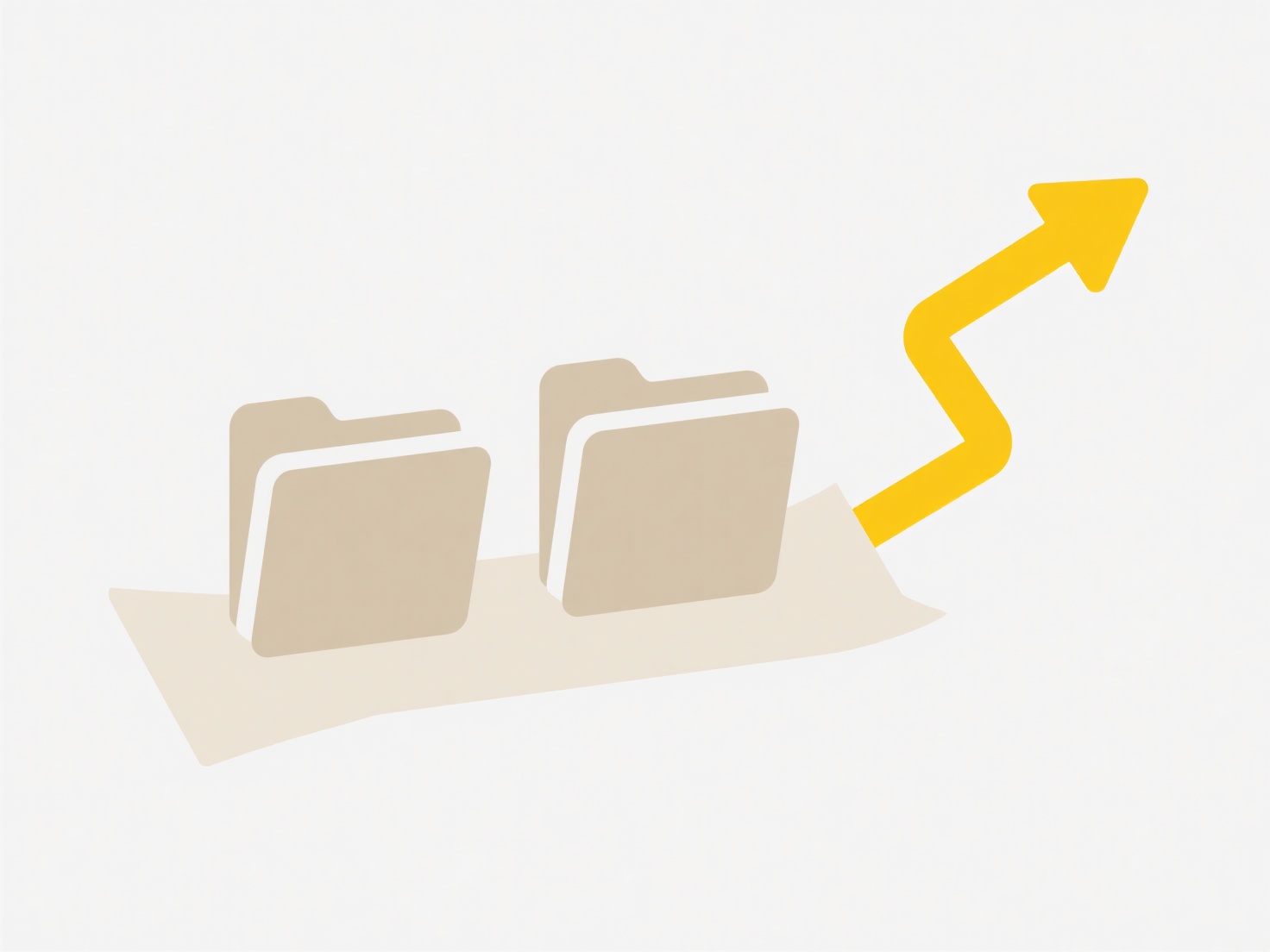
Auditing file naming across folders involves systematically checking that files within directories follow consistent naming conventions. This process verifies compliance with predefined rules like character limits, date formats, or vocabulary standards, ensuring files are easily identifiable and retrieable. It differs from simply reviewing folder structures by focusing solely on filenames and their uniformity across locations.
For example, design agencies may audit project folders to ensure assets use prefixes like "CAMPAIGN_Logo_V2.psd" matching their brand guide. Research labs could automate checks on CSV data files across experiments, validating that all names include accurate timestamps and location codes (e.g., "SiteA_Lab_Temp_20240517.csv") using Python scripts or data management platforms like LabVantage.

Standardized naming improves search efficiency and collaboration but manual audits are time-intensive for large volumes. Automation tools like FileBoss or Advanced Renamer expedite checks by scanning folders for mismatches. While automated solutions enhance adoption, organizations must balance rule flexibility with control to avoid stifling workflow innovation—imperfect naming still demands manual review.
How do I audit file naming across folders?
Auditing file naming across folders involves systematically checking that files within directories follow consistent naming conventions. This process verifies compliance with predefined rules like character limits, date formats, or vocabulary standards, ensuring files are easily identifiable and retrieable. It differs from simply reviewing folder structures by focusing solely on filenames and their uniformity across locations.
For example, design agencies may audit project folders to ensure assets use prefixes like "CAMPAIGN_Logo_V2.psd" matching their brand guide. Research labs could automate checks on CSV data files across experiments, validating that all names include accurate timestamps and location codes (e.g., "SiteA_Lab_Temp_20240517.csv") using Python scripts or data management platforms like LabVantage.

Standardized naming improves search efficiency and collaboration but manual audits are time-intensive for large volumes. Automation tools like FileBoss or Advanced Renamer expedite checks by scanning folders for mismatches. While automated solutions enhance adoption, organizations must balance rule flexibility with control to avoid stifling workflow innovation—imperfect naming still demands manual review.
Quick Article Links
What’s the best way to document sync strategies for teams?
Documenting synchronization strategies involves creating clear, accessible guidelines for teams to coordinate work acros...
How do I organize collaborative design files?
Organizing collaborative design files involves establishing clear systems to structure, store, and manage shared digital...
How do I organize duplicates for manual review?
Organizing duplicates for manual review involves systematically grouping potential duplicate records in datasets to prep...